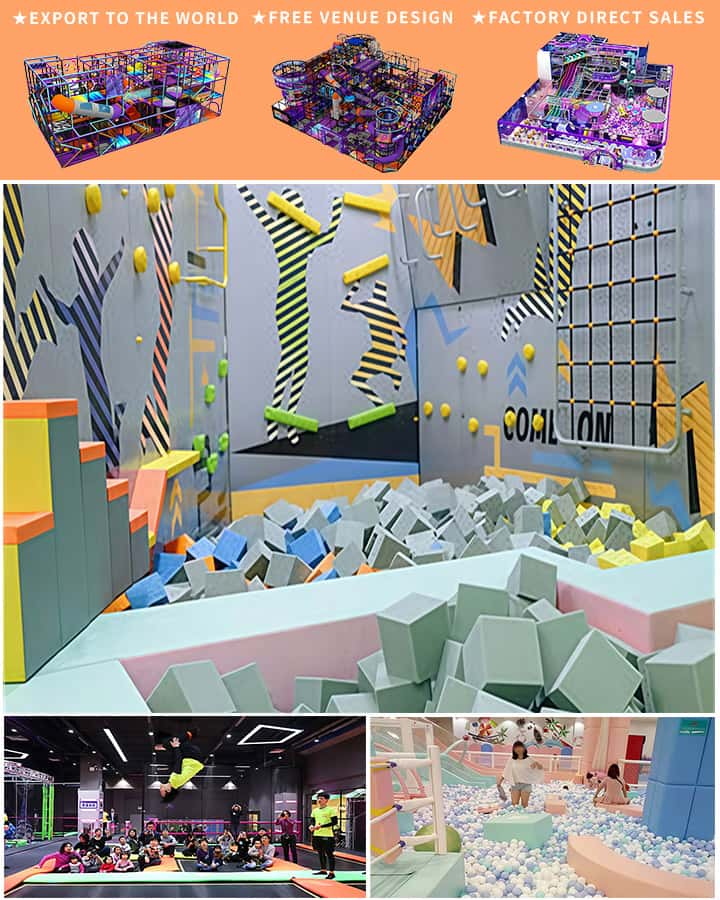Playgrounds are vibrant hubs of activity and joy for children, filled with an array of engaging equipment designed to stimulate physical activity, creativity, and social interaction. Each piece of playground equipment serves a unique purpose and offers different experiences for young adventurers. Let’s take a closer look at some common playground equipment names and their functions.
1. Slides
Slides are perhaps one of the most iconic pieces of playground equipment. They come in various shapes and sizes, from simple straight slides to more complex spiral and tunnel designs. Slides provide exhilarating fun as children descend quickly, promoting balance and coordination.
2. Swings
Swings are a classic playground staple, offering a gentle yet thrilling ride. They can be single swings for individual use or double, triple, or even group swings for shared enjoyment. Swings help develop motor skills and provide a sense of freedom and excitement.
3. Jungle Gyms
Jungle gyms are versatile structures typically made up of interconnected metal bars and platforms. They encourage climbing, balancing, and crawling, which enhance strength, flexibility, and problem-solving abilities. Some jungle gyms include ladders, rings, and ropes for added variety.

4. Seesaws
Seesaws involve a board balanced on a pivot, allowing two children to sit opposite each other and take turns going up and down. This equipment fosters cooperation, timing, and communication between participants while providing a delightful and dynamic play experience.
5. Merry-Go-Rounds
Merry-go-rounds are circular platforms that spin when pushed, often featuring seats or handles for children to hold onto. These structures provide a fun way to practice balance and coordination while enjoying the sensation of movement.
6. Climbing Walls
Climbing walls offer vertical challenges that test and improve children’s climbing skills, muscle strength, and determination. Some climbing walls include grips or footholds, while others present more natural surfaces for a varied climbing experience.
7. Sandbox
Sandboxes are designated areas filled with sand where children can dig, build, and create using shovels, buckets, and molds. This open-ended play promotes creativity, fine motor skills, and sensory exploration.
8. Balance Beams and Logs
Balance beams (low horizontal bars) and logs (raised wooden logs) require children to walk carefully along their length without losing balance. These activities enhance concentration, balance, and spatial awareness.
9. Spring Riders
Spring riders are animals or vehicles mounted on springs that bounce up and down when stepped on. These whimsical rides add an element of surprise and delight, encouraging imaginative play and physical exertion.
10. Spinning Structures
Structures such as carousel-like spinners or spinning chairs allow children to experience the joy of rotational movement. These equipment pieces challenge balance and coordination while offering a fun and dizzying experience.
In conclusion, playground equipment is not just about fun; it plays a crucial role in developing essential physical and cognitive skills in children. By familiarizing themselves with these equipment names and their benefits, parents and caregivers can better appreciate the educational and developmental value that playgrounds bring to young lives. Whether it’s sliding down a colorful slide or navigating an intricate jungle gym, each piece of equipment contributes to creating cherished childhood memories and fostering healthy growth.




